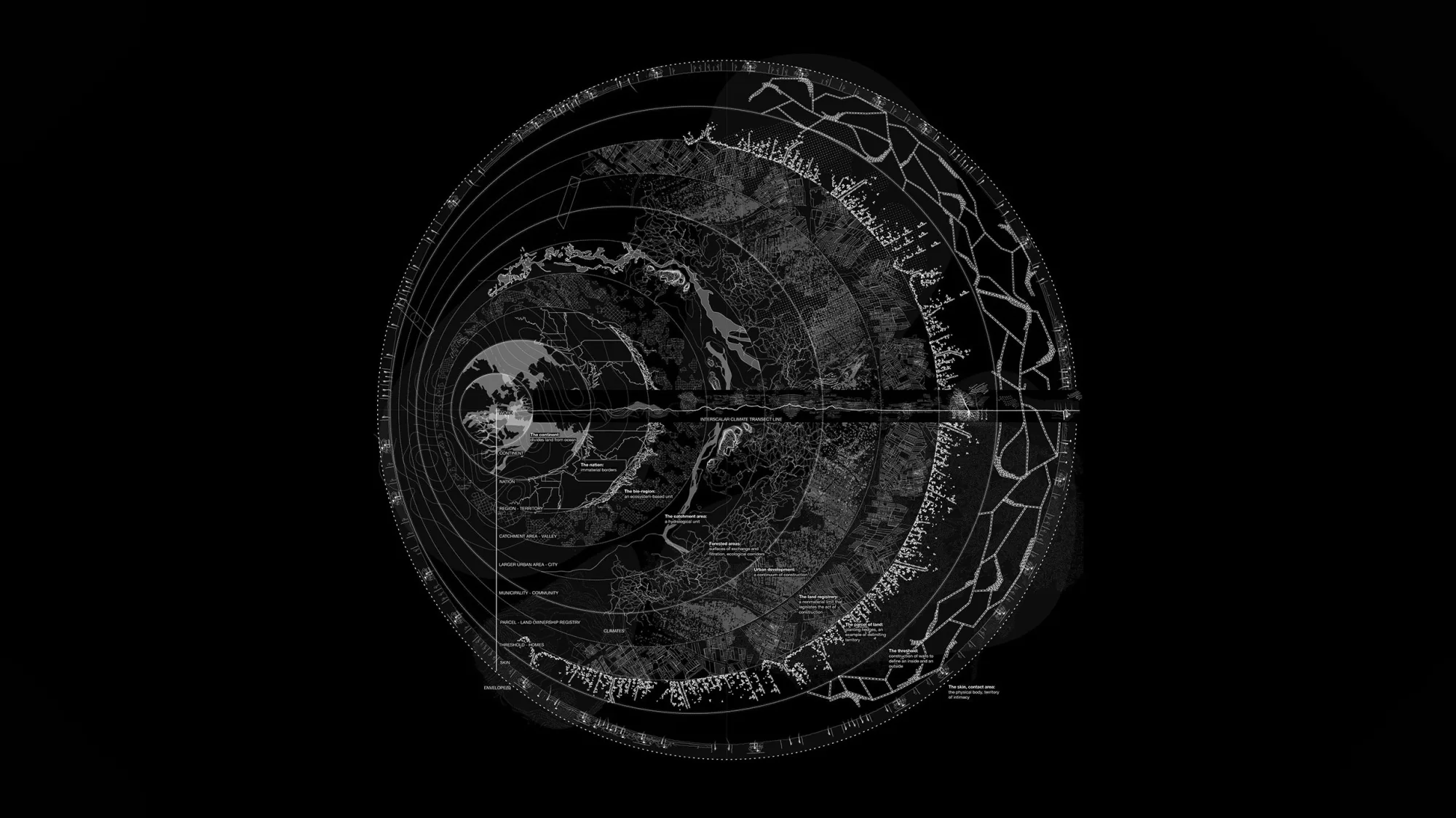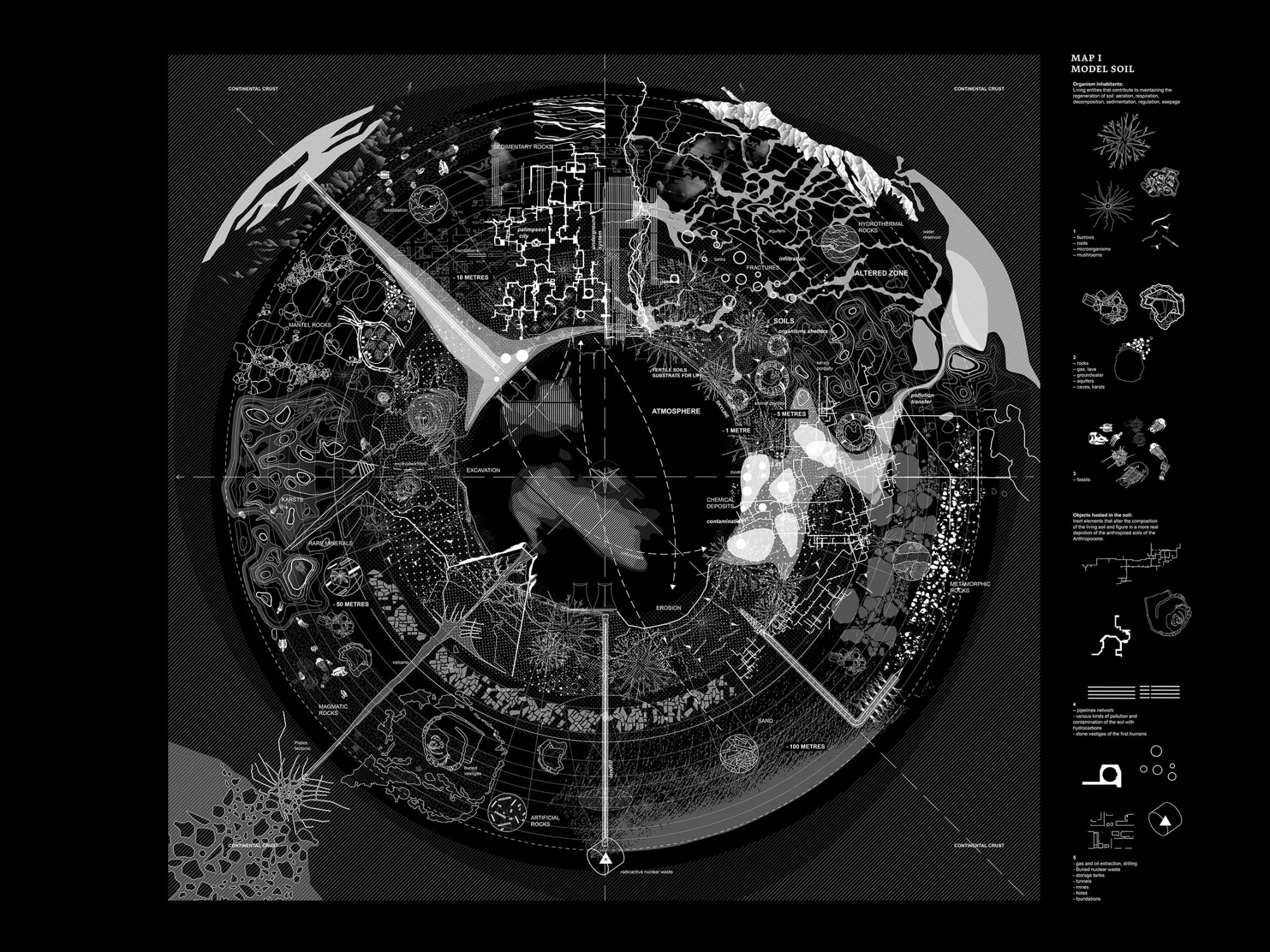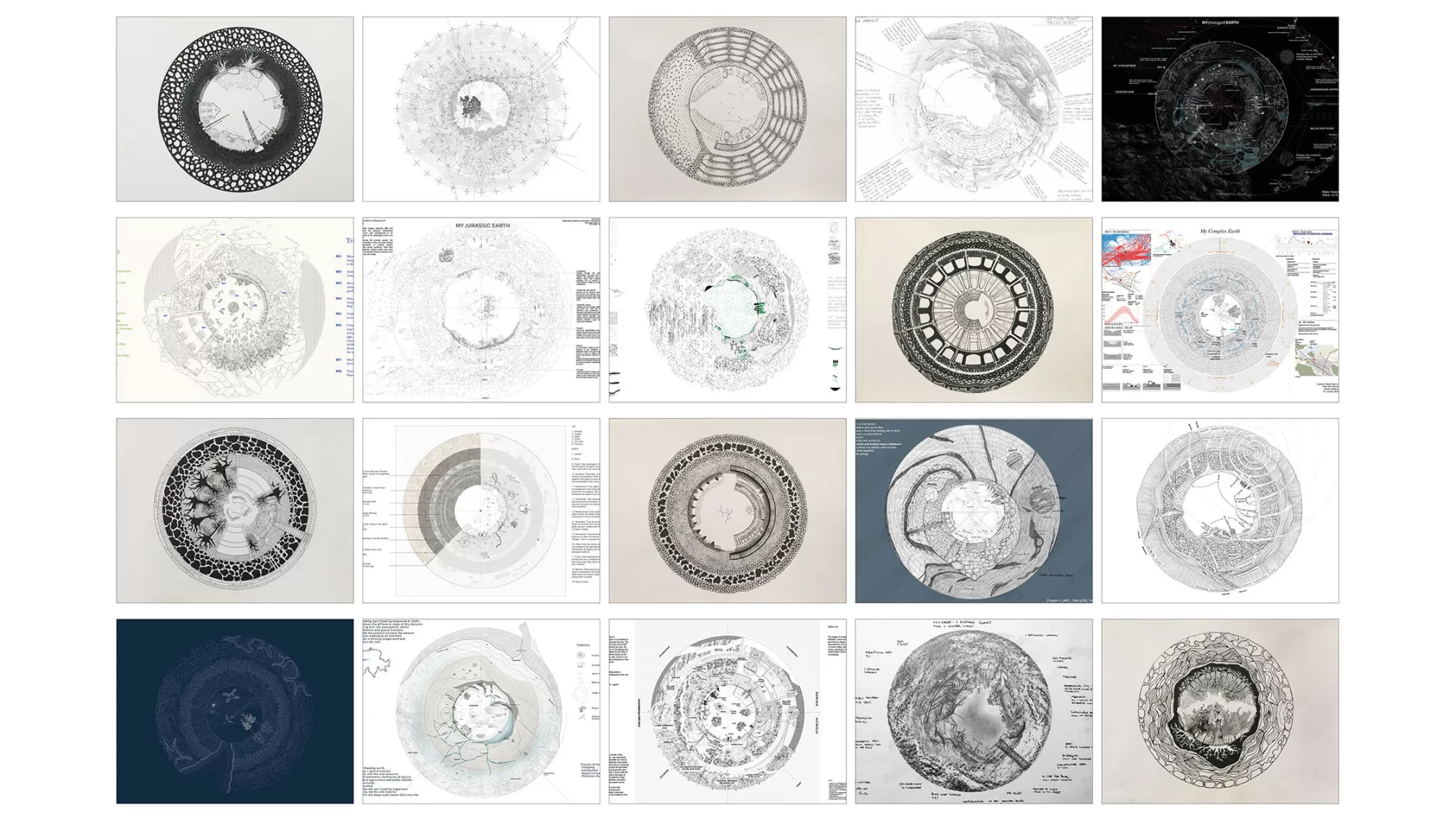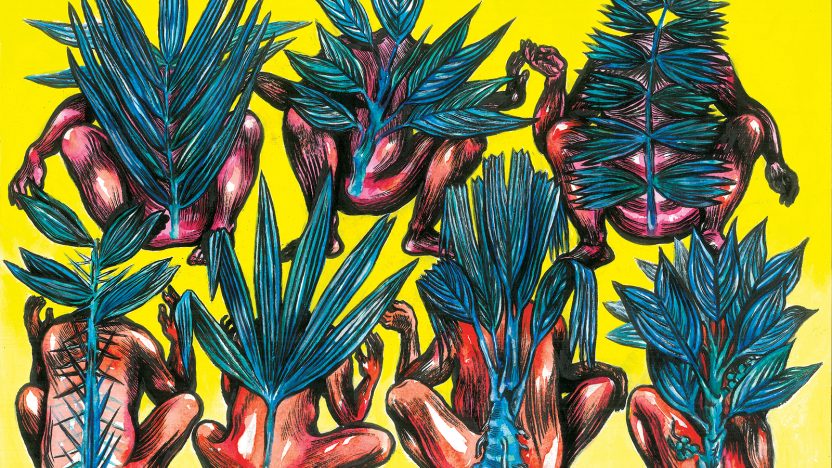
Sustainable futures, desirable futures?
By embracing Earth as a critical zone and by shifting our desires towards a regenerative model, can we pave the way for a thriving future?
A portrait of Bruno Latour by Ryslaine Moulay
S
ustainable futures, desirable futures? These two expressions are often used interchangeably, implying that our contemporary desires are inherently sustainable. But judging by the state of our planet, that hasn’t been the case for a long time. Bruno Latour, a renowned French philosopher, helped me understand that desire is at the heart of an epistemological shift — from a modernist future, viewed as progress, to the “desirable future” of today’s Anthropocene era, the way we envision our tomorrow is rooted in what we desire.
For The New York Times, Bruno Latour (1947-2022) was France’s most famous philosopher — the most read, translated, and quoted. He received many honors, including seven doctorates and prestigious awards, such as the Holberg Prize in 2013 and the Kyoto Prize in 2021, for his lifetime achievements. He was also a member of several international academies, from Sciences Po to MIT, LSE, and Harvard.
When Latour passed away in October 2022, I felt totally lost. The world appeared hostile; I had lost my beacon in the night sky. He was everything you wouldn’t expect a philosopher to be: humble, approachable, and incredibly pragmatic. In fact, the course I took under his guidance fourteen years ago was called Empirical Philosophy. I realized I had been extremely fortunate to be his student and witness his ideas in action first-hand. It was my duty to pass them on and present his concepts, which have helped me make sense of the world all these years and that I cherish to guide me in the future.
I didn’t become a Latourian simply because I was fascinated by his books, as one might be with Plato or Nietzsche. Instead, I was drawn to Latour because the problems he addressed were relevant to the world we live in. His work is urgent because it is perhaps the only major intellectual work of this magnitude, philosophical, sociological, anthropological, technological, and aesthetic, that has made the planetary ecological catastrophe the focal point grouping all the others.
Latour was much more than a writer. He curated exhibitions (Taipei Biennial 2020), wrote and performed for the theatre (Gaia Global Circus), and created new collective practices (a sociological web opera on Paris).
His interests spanned technology, science, theology, and much more. As a philosopher, he was interested in truth but never as an absolute. Latour embraced truth in all its facets, in all truth systems, for example, juridical truth and historical truth, which follow different rules. He asked questions like: How is truth constructed? How do different truth regimes coexist? And, what does it mean for the people living on this planet? Becoming a “truth diplomat” in the Latourian sense helped me embrace complexity and understand how to situate any point of view. It comes in handy when considering subjective topics such as desirable futures. Latour prompts us to ask: Desirable for whom, and from where?

Terra Forma A Book of Speculative Maps By Frédérique Aït-Touati, Alexandra Arènes and, Axelle Grégoire Foreword by Bruno Latour The MIT Press, 2022. The maps showcased here are from Terra Forma, a book that charts the exploration of an unknown world: our own. Just as Renaissance travellers set out to map the terra incognito of the New World, the mapmakers of Terra Forma have set out to rediscover the world that we think we know. They do this with a new cartography that maps living things rather than space emptied of life and available to be conquered or colonized. These maps lead us inward, not off into the distance, moving from the horizon line of conventional cartography to the thickness of the ground, from the global to the local. Each map is based on a specific territory, and each model creates a new focal point through which that region is redrawn. The maps are “living maps,” always under construction, spaces where stories and situations unfold. They may map the Earth’s underside rather than its surface, suggest turning the layers of the Earth inside out, link the biological physiology of living inhabitants and the physiology of the land, or trace a journey oriented not by the Euclidean space of GPS but by points of life. These speculative visualizations can constitute the foundation for a new kind of atlas.
Modernist desires
According to Latour, we’ve never really been modern. Since the 17th century, modernists have believed in a separation between nature and culture, between subject and object. In this ontology, a vision of the world inherited from Plato, nonhumans were seen as entities that could be sacrificed on the altar of progress. Nature and animals could be considered resources we would use to develop ourselves because they were completely separate from us.
However, the discovery of the concept of the Anthropocene, supported by the work of Lovelock and Margulis, tells us the exact opposite story. They argue that our experience of this world, as living beings, is intertwined with other living beings in a world made up of living beings. These beings are not all human, they could be any organism, from bacteria to plants, yet this entire ecosystem sustains our existing conditions.
Our impact on this planet altered its geological state, and there is no “natural” state to which we can return because we have changed it so much. The modernist cosmological view of humans as subjects distant from our environments no longer applies. In this sense, Latour argues, we have never been modern. Yet our desires were modernist and productivist. We dreamed of infinite growth in a world of infinite resources, forgetting that we do not live on an infinite planet but rather on a fragile envelope called “Gaia.”
How to land on Gaia
The Gaia hypothesis is not the round blue marble planet we’re familiar with. Following on from the Galilean revolution — when we realized that we revolve around the sun — Latour encourages us to change the representation we have of the Earth as well. Gaia is one of these representations to describe the only world we have experienced: a thin membrane that extends a few kilometers above and below the land we walk on, which is self-regulating based on human activity. Hence, we don’t live on Earth, but within this critical zone.
Landing on Gaia means finding a territory where we can maintain the conditions we need to live. For Bruno Latour, this territory is not defined by a sense of identity but rather by what we depend on for a good life. As he puts it, a farmer in Brittany who depends on Brazilian soybeans to feed his livestock extends his territory accordingly. The relationships between these factors create a chain of dependencies that we must either nurture or redefine to maintain habitable conditions, in other words, to be sustainable. But is this desirable enough?

Terra Forma Workshops, SOL model, Versailles Architecture School, ETH Zurich, Toulon and Belfort Art Schools.
How to desire the things we have
Modernization, aided by colonization, has so far offered a “desirable” way forward: progress. Progress promises prosperity, an end to deprivation, and improved living conditions through consumerism. It is aspirational. Consumerism made us endlessly desire things we didn’t have in order to make us feel fulfilled. To shift from an extractive and consumerist model to a regenerative one, we must also shift our desires towards a thriving present in which humans and nonhumans are represented.
According to Latour, this means changing the point from which we enter the system. Instead of being the focal and unique entry point — as in human-centered design methodology — we should view ourselves as part of a larger relational system without the urge to control or possess the other actors. Nonhumans are agents of change in social situations and can be just as important as humans.
To represent all these agents, Latour proposed the concept of a “Parliament of Things.” This fundamental concept has led to legal rights being granted to rivers, and even nature being represented in boardrooms. It envisions a regenerative future in which we can thrive as a society. Ultimately, it becomes a work of composition.
Composing desirable habitability conditions
In the end, what I learned from Latour, and what still guides me, is that the moderns created a distance between Nature and us. Nature became either a resource to exploit or a place to protect for our own pleasure, making our desires completely unsustainable. Reversing this would require a shift in our cosmogony and honest dialogue with ecosystems that do not revolve around us. For Latour, crafting a sustainable future means maintaining habitable conditions.
This involves decolonizing our imaginaries and, by doing so, abandoning the a priori distinctions between primitive and progress, between humans and nonhumans. It means entering into an ongoing negotiation with the living beings to find an ongoing modus vivendi. This is one of the inspiring lessons that Bruno Latour has left us, and for which I am very grateful.


